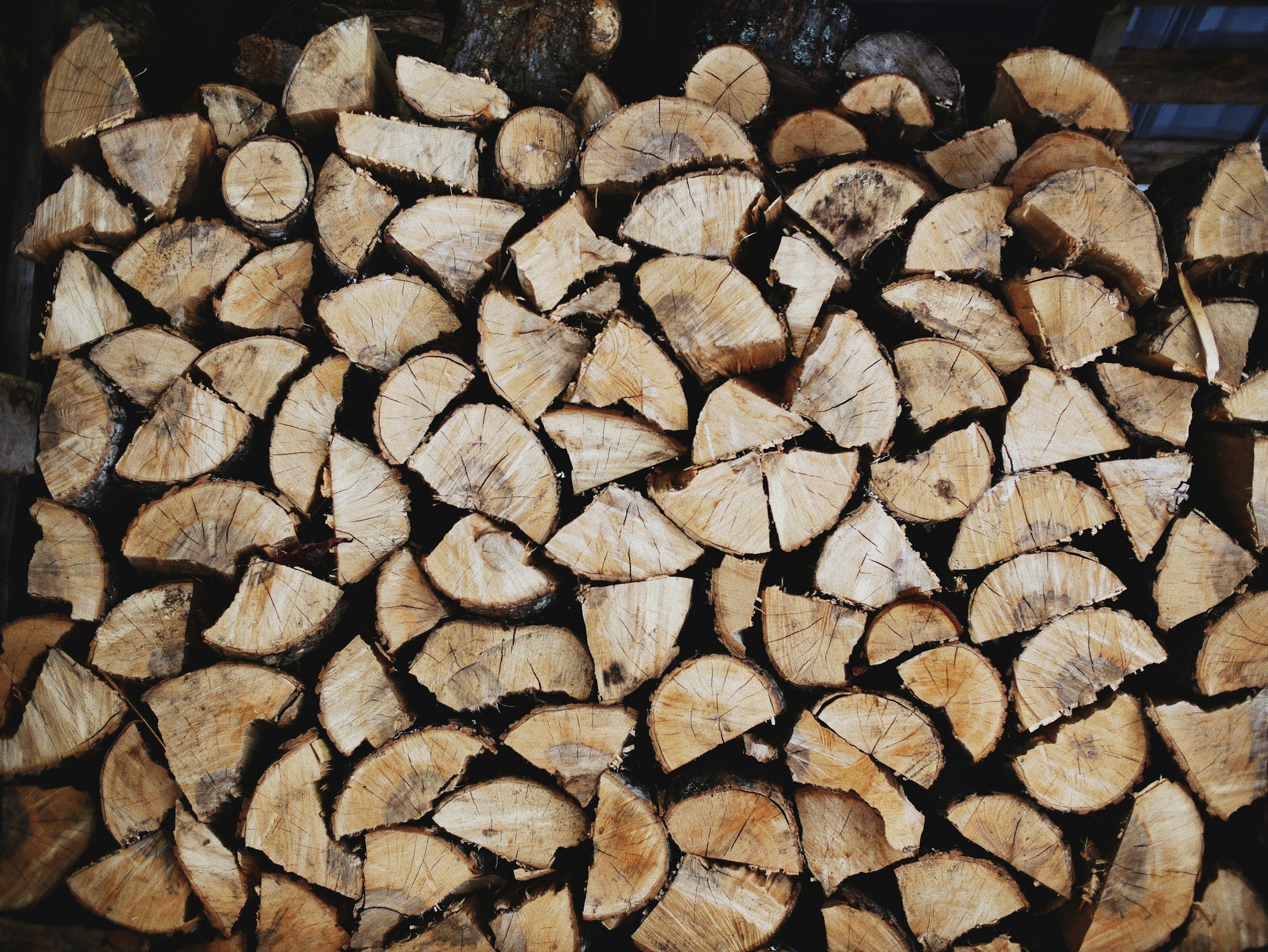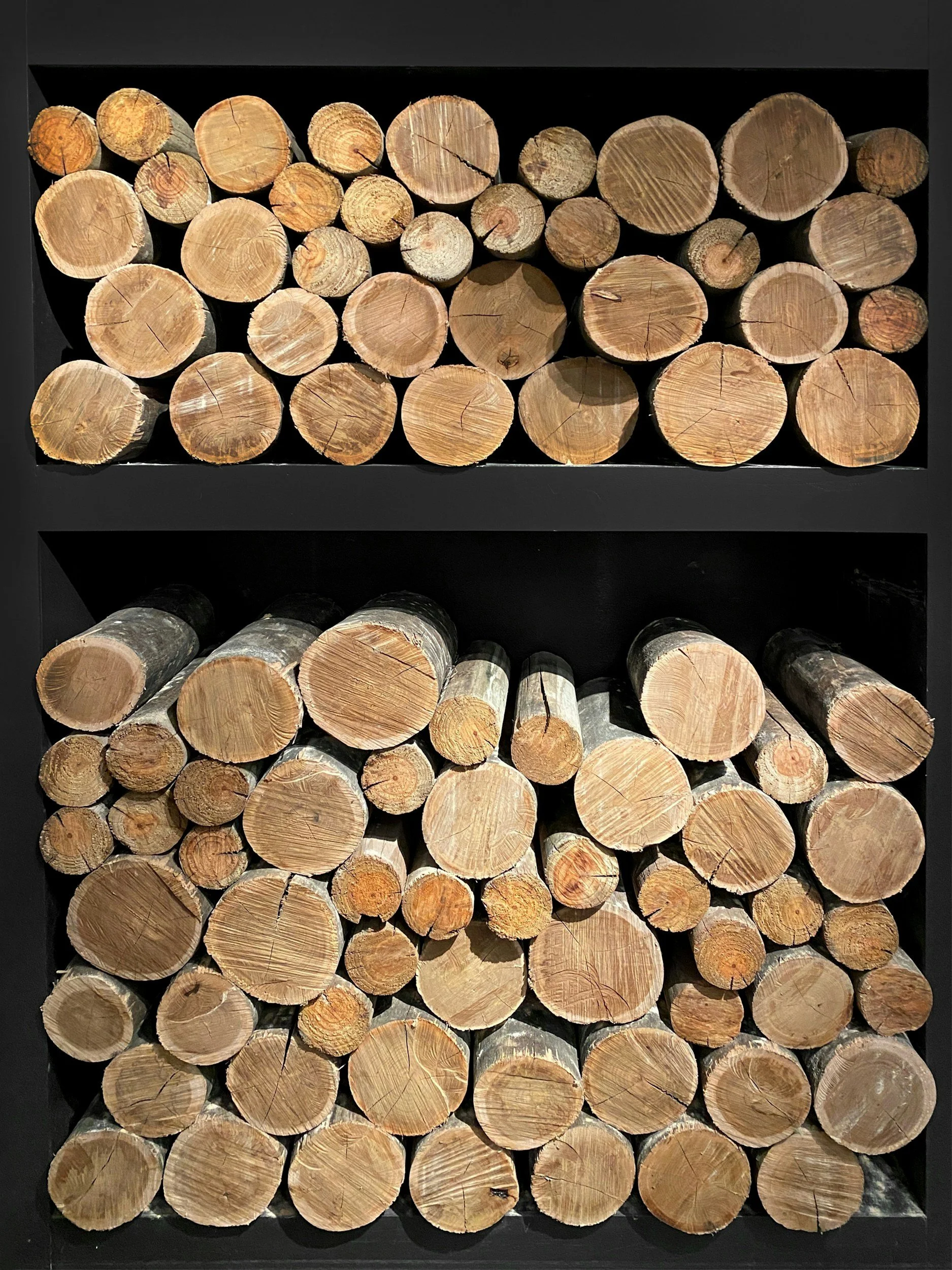How to Store Firewood Outdoors on Your Property
Owning land in Utah gives you the freedom to enjoy life outdoors, whether you’re cooking over a campfire, heating your cabin, or relaxing beside a wood stove on cold nights. But to make the most of your resources, it’s important to know how to store firewood outdoors correctly. Stacking your wood in the right location, keeping it off the ground, and allowing for air circulation prevents rot, insects, and wasted effort. With a few practical steps, you can make sure your firewood stays dry, efficient, and ready to burn when you need it.
Why Proper Firewood Storage Matters
Many people underestimate how much difference proper storage makes. When wood is left uncovered or stacked directly on the soil, it quickly absorbs moisture, leading to mold and decay. Damp wood not only burns poorly but also releases more smoke and soot, which can clog chimneys and coat stove interiors. In rural Utah, where temperature swings and occasional storms are common, the quality of your firewood depends heavily on how well you protect it.
When wood piles are left exposed, you also risk attracting insects and rodents that feed on or nest within the stack. Termites, carpenter ants, and even small mammals like mice can take shelter in damp wood. This creates a mess and can spread pests closer to your home. By keeping your firewood off the ground and covered only on top, you’ll let air flow through the stack, discouraging both decay and infestations. Over time, this approach helps your wood season faster and stay clean, dry, and ready to use.
Common storage issues include:
Mold, mildew, or rot caused by poor ventilation
Infestations from ants, termites, or beetles
Damp wood that burns inefficiently
Structural collapse from unstable stacking
Choosing the Right Location for Firewood Storage
Finding the right location on your property is the first step toward proper firewood storage. Choose a flat, elevated spot that receives plenty of sunlight and steady airflow. Avoid low-lying areas where rainwater or melting snow might pool, as even short-term contact with moisture can ruin an otherwise good supply of wood. The best firewood locations balance exposure to sun and wind while providing easy access throughout the year.
Keep in mind that distance from your home or cabin matters. Firewood stacked too close to walls can attract pests that may find their way inside, especially during cold months. Keeping the pile at least 20 to 30 feet away helps prevent that. Sunlight helps speed up the drying process for fresh-cut logs, while wind movement prevents mold buildup between layers. You’ll also want to think about winter convenience, place your stack near a clear path or driveway so you can reach it easily when the ground is frozen or snow-covered.
When setting up your firewood area, remember to:
Choose a spot with good drainage and sun exposure.
Keep stacks away from buildings to reduce pest risk.
Avoid shaded, damp areas beneath trees or eaves.
Make sure there’s enough space to walk and restack safely.
Best Outdoor Firewood Storage Methods
After selecting your location, the next step is to decide how to physically store the wood. The goal is to keep the logs off the ground, covered on top, and open on the sides for airflow. Elevating your wood prevents it from absorbing moisture from the soil, while a simple roof or tarp keeps out rain and snow. Utah’s dry air helps wood season naturally, but unexpected storms can undo that progress fast.
If you have a small setup, a few wooden pallets and a tarp might be all you need. For larger supplies or long-term storage, consider building or purchasing a rack or a lean-to shelter. Metal racks are sturdy and resist decay, while wooden frames offer flexibility for different log sizes. Avoid stacking directly against walls, as trapped moisture can cause rot both in your wood and on your structures.
Some effective outdoor storage setups include:
Metal firewood racks: Long-lasting, stable, and ideal for airflow.
Wooden pallets: Budget-friendly base to lift logs from the ground.
Covered lean-tos or sheds: Keeps wood dry without trapping humidity.
Partial tarp covers: Protects from rain while allowing ventilation.
The key is to let air flow freely through your stack so that moisture escapes instead of collecting inside. That simple balance—covered on top, open on the sides—is what keeps your firewood in prime condition year after year.
How to Stack Firewood for Airflow and Stability
Stacking your firewood correctly not only makes your pile look organized but also helps the logs dry evenly. Poor stacking creates hidden pockets of dampness that lead to mold or wood rot. Start with a stable foundation, pallets, cinder blocks, or treated wood planks—and make sure the first layer is flat and evenly spaced. Building upward, alternate directions every few rows to lock the pieces together and prevent leaning.
Wood should be stacked bark-side up when possible, especially for hardwoods like oak or maple, since the bark sheds water naturally. Avoid stacking against fences or walls that can trap heat and moisture. Instead, give your pile a few inches of space on all sides. When stacking large amounts, divide the pile into smaller sections to promote airflow and make future restocking easier.
Tips for strong and stable stacking:
Use evenly cut logs to keep layers level.
Cross-stack the ends for stability and structure.
Limit stack height to about 4 feet for safety.
Leave gaps between logs for steady airflow.
Keep older wood in front for easier rotation.
A well-built stack not only helps your firewood season faster but also makes it safer and easier to access throughout the year.
Long-Term Firewood Maintenance Tips for Utah Landowners
Once your woodpile is properly stacked and covered, a little upkeep goes a long way. Utah’s changing seasons bring everything from dry heat to snow and freezing rain, all of which can affect the quality of your stored firewood. Inspect your pile at least once a month to make sure it’s holding up against weather and pests.
If you notice that your tarp has come loose or your wood has shifted, take time to readjust. Brush away leaves or debris that block airflow, and keep the area around the pile trimmed and clear. It’s also smart to check for signs of rodents or insects during warmer months and restack any wood that starts to lean. By maintaining your firewood area throughout the year, you’ll ensure it stays ready for campfires, heating, or cooking whenever needed.
For best results:
Check and tighten tarp covers regularly.
Remove weeds, brush, or debris from the area.
Inspect for pests or burrows every few weeks.
Rotate logs so older ones are burned first.
Re-stack or rebuild if wood begins to shift.
Final Thoughts on How to Store Firewood Outdoors
Storing firewood outdoors doesn’t take much time, but it does require consistency. A well-planned setup protects your investment, saves you money, and ensures that your firewood burns hot and clean when you need it most. For Utah landowners, proper firewood storage is another step toward self-sufficiency, helping you enjoy your property through every season, whether you’re camping, heating your cabin, or gathering with family under the stars.


